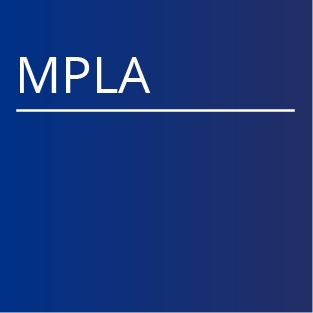Committee Tree
Task Group On Fluence Rate Dosimetry For PDT
Charge and Function:
This TG aims to:
- Review current state of the art in fluence rate dosimetry technology. Measurement of light fluence requires an isotropic detector. The detector uses a strongly scattering tip on an optical fiber. This technology was originally developed two decades ago, and is now robust, with several companies manufacturing them for clinical use. These detectors must be calibrated carefully, with specific attention paid to the effects of refractive index mismatch between the detector and the surrounding medium and the geometry of the in vivo measurement. This TG will summarize the developments and clinical applications of this technology since its invention.
- Establish calibration and quality assurance procedures for clinical fluence rate dosimetry equipment. Calibration of isotropic detectors is typically performed in air, often in a collimated light field. Corrections to this calibration must be made to account for refractive index mismatch, and differences in tissue geometry (e.g. interstitial v intracavity v surface measurement). This TG will provide recommendations for the conditions under which calibration should be performed, the corrections required for each recommended method of calibration, and the relationship between the calibration of isotropic detectors and the absolute power calibration procedures recommended by AAPM TG 140, and their relationship with national standards.
- Establish guidelines for clinical implementation of fluence rate dosimetry. Although the technology for fluence rate dosimetry is well-established, many clinical protocols are still based on light dose defined by incident irradiance. In cases where clinical experience has been gained using incident irradiance, the switch to fluence rate-based dosimetry may result in significant changes to standard prescribed light doses. This TG will provide recommendations on making the transition from irradiance-based to fluence-based dosimetry and recommendations for starting a new fluence-based dosimetry protocol. Specific guidance will be given for superficial, intracavity, and interstitial geometries and their associated treatment sites.



















